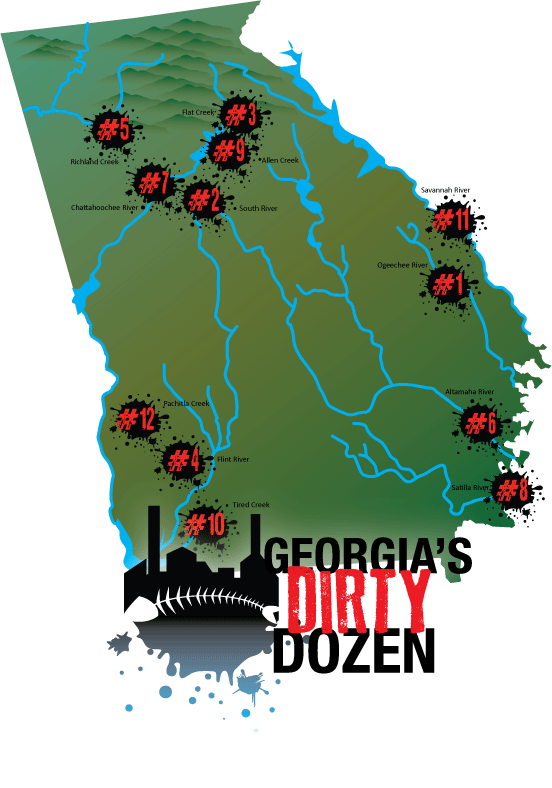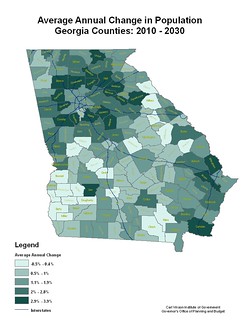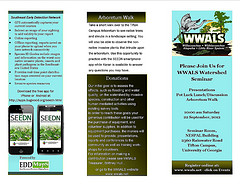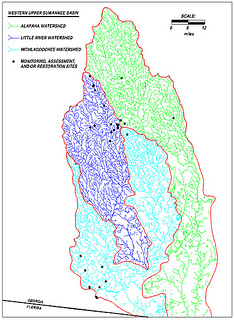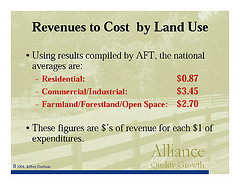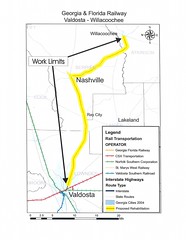Garry Gentry read the
 WWALS Watershed Coalition letter
at
the Georgia Public Service Commission meeting Tuesday 18 June 2013.
WWALS Watershed Coalition letter
at
the Georgia Public Service Commission meeting Tuesday 18 June 2013.
The recent rains have swollen our blackwater rivers, Withlacoochee, Willacoochee, Alapaha, and Little, under our longleaf pines and Spanish-moss-covered oaks, and filled up the tea-colored tannin waters in our frog-singing pocosin cypress swamps here in central South Georgia. But that was only a dent in our protracted drought that ranges from mild to extreme, with projections not much better….
There is no need to use our Floridan Aquifer water to build more baseload power plants while Georgia lags behind Michigan, Massachusetts, and even tiny New Jersey and Maryland in solar power.
WWALS calls on the PSC to ask Georgia Power to conserve our water and to bring jobs to south Georgia through solar power and wind off the Georgia coast.
You can read the complete letter. Here’s the video:
Ask Georgia Power to conserve our water –Garry Gentry for WWALS
Georgia Power proposed closing of coal plants,
Administrative Session, GA Public Service Commission (GA PSC),
Doug Everrett (1: south Georgia), Tim Echols (2: east Georgia), Chairman Chuck Eaton (3: metro Atlanta), Stan Wise (5 north Georgia), Bubba McDonald (4: west Georgia),
Video by John S. Quarterman for Lowndes Area Knowledge Exchange (LAKE),
244 Washington Street SW, Atlanta, GA, 30334-9052, 18 June 2013.
-jsq



